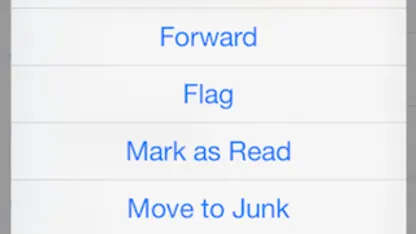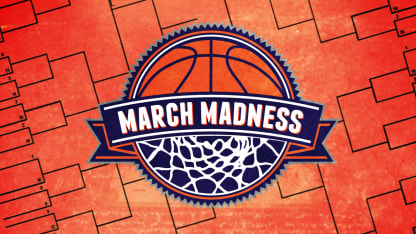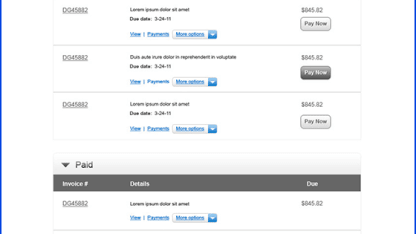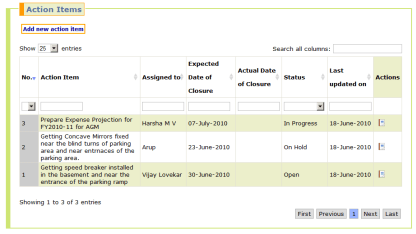808 Audio Drift Noise Isolating On-Ear Headphones








Our Take
- 808 Audio, like the classic drum machine these have nothing to do with- Drift, a stupid name for an audio device that youd rather not drift- Noise Isolating so youre not forcing everyone to hear your music- On-Ear, not over-ear or in-ear- Headphones, not earbuds- Foldable design for your active folding lifestyle- Model: HPA86
Music Meh-Day: 808 101
The company that made these headphones is called 808 Audio. They took that name because, like the band 808 State or the Kanye West album 808s and Heartbreak, they’re trying to gank some swag from the legendary Roland TR-808 drum machine. Unlike those artists, 808 Audio doesn’t actually have anything to do with the original 808. But that’s OK, because it gives us an excuse to liven up a drab Wednesday with some monster 808 jams.On its release in 1982, it was dissed by studio pros as tinny and tacky. The sample-based Linn LM-1 was considered a more authentic replacement for human drumming. Imagine hearing the 808 in the raw over 30 years ago, when you’d never heard a drum machine before, and you can kinda see what they mean:https://d2b8wt72ktn9a2.cloudfront.net/mediocre/video/upload/v1736547723/1a7a3b94d42d8ddf4f4c5e034bf08ee7.mp4But the 808’s synthetic sound injected a dose of futurism into dance and pop music, served as a fundamental building block of hip-hop and electronica, and gave rock songwriters a new sound to play with. The first time many listeners would have heard an 808 beat would have been on Marvin Gaye’s “Sexual Healing”. The old soul master proved that a metronomic beat could serve as a soundtrack to some very human bumping and grinding with this boudoir classic that Robin Thicke has not yet plagiarized:https://d2b8wt72ktn9a2.cloudfront.net/mediocre/video/upload/v1736547340/0310df6f4bef90ea3b5f2825652aa2d6.mp4Far away from Marvin’s satin sheets, the originators of hip-hop brought the 808 to street level with Afrika Bambaataa & the Soulsonic Force’s unassailable classic, “Planet Rock”:https://d2b8wt72ktn9a2.cloudfront.net/mediocre/video/upload/v1735929087/no_longer_available_qknaul.mp4Heard by almost no one at the time was Ten Ragas to a Disco Beat, a 1982 oddity by Charanjit Singh. By laying woozy Eastern melody lines over high-energy 808 rhythms, Singh created electronic dance music that sounds at least a decade ahead of its time. He was hailed as a genius when the album was rediscovered in the 2000s, and now performs in front of adoring audiences around the world:https://d2b8wt72ktn9a2.cloudfront.net/mediocre/video/upload/v1736547351/6da00d0a337f0625913d29917ed89b44.mp4After the suicide of their lead singer Ian Curtis, the members of the British post-punk rock band Joy Division changed their name to New Order and started pursuing dance music. They turned, naturally, to Arthur Baker, producer of “Planet Rock”, for their 1983 single “Confusion”. By decade’s end, New Order were a dance colossus and one of the biggest musical acts on the planet:https://d2b8wt72ktn9a2.cloudfront.net/mediocre/video/upload/v1736547396/53f99778453b610e5e6f8c0a3f29b0fc.mp4The 808’s stark simplicity appealed to other ‘80s rock songwriters for those moments when they wanted to turn down the Marshall stacks and open up some space. Elvis Costello’s sinister “Pills and Soap” and the Replacements’ plaintive “Within Your Reach” show two of the 808’s many moods:https://d2b8wt72ktn9a2.cloudfront.net/mediocre/video/upload/v1736547423/38adea3b3e55fe9f68dbe0d99855ed4a.mp4https://d2b8wt72ktn9a2.cloudfront.net/mediocre/video/upload/v1736547431/1786ff34338fa63b425f636dc290dd91.mp4German futuristic rock pioneers Kraftwerk were so into the 808, they had a prototype before it was even manufactured. Here they are still working it in 1986 on “Musique Non-Stop”:https://d2b8wt72ktn9a2.cloudfront.net/mediocre/video/upload/v1735929087/no_longer_available_qknaul.mp4By 1987, the 808 was all over commercial pop and r&b. Even when it didn’t carry the whole beat, its snappy handclaps and deep, dry kick drum added cheesy but irresistible flavor to massive smash hits like Whitney Houston’s “I Wanna Dance With Somebody”. Forever after, using an 808 like this would scream “THE EIGHTIES”:https://d2b8wt72ktn9a2.cloudfront.net/mediocre/video/upload/v1736547485/f5bc6e6245030dd6ef2b99b50722adc6.mp4But the 808 was still down and dirty in places like Miami, where it was the signature drum sound of the Miami bass scene that spawned 2 Live Crew. Here’s one of the earliest (and most SFW) Miami bass classics, “Creep Dog” by MC Cool Rock & MC Chaszy Chess, produced by DJ Magic Mike:https://d2b8wt72ktn9a2.cloudfront.net/mediocre/video/upload/v1736547503/72765167007c19a206796826918d3dd4.mp4Meanwhile, in the complete opposite corner of the country, Seattle’s Sir Mix-A-Lot told us how “the 808 kick drum makes the girlies get dumb” on his huge 1989 hit, “Posse on Broadway”:https://d2b8wt72ktn9a2.cloudfront.net/mediocre/video/upload/v1736547513/f1caad90121e4e71782ac9c30ae64636.mp4And across the Atlantic, the rave scene had become the biggest British music subculture since punk, and of course the 808 was there, too. The on-the-nose band name of 808 State didn’t deceive the public about what was they were offering, as they explored the 808’s chill-out possibilities on tracks like 1989’s “Pacific State”:https://d2b8wt72ktn9a2.cloudfront.net/mediocre/video/upload/v1736547521/915c7aba69e507f9cca5845148592b60.mp4The 808 has never gone away, reliably pumping away under a thousand hip-hop bangers and quiet storm slow-jams and electro-pop chirpers. Kanye West, of course, gave it the most prominent shout-out yet in the title of his platinum 2008 album, 808s & Heartbreak. Songs like “Love Lockdown” spawned a new wave of minimal pop hits, with emotionally charged r&b vocals over stark 808 beats:https://d2b8wt72ktn9a2.cloudfront.net/mediocre/video/upload/v1736547528/0f18aa265b0a53bc6b7f44872f117020.mp4The triumph of the 808 illustrates how simplicity can equal versatility. And how failing to successfully imitate something (in this case, live drums) can bring out the the unique and lasting qualities in something else. Nobody is naming their headphone company after the Linn LM-1, are they?Oh, right, headphones. That’s how we got started on this whole thing in the first place. Yeah, you should buy these. They’re pretty good for (what else?) eight bucks.










